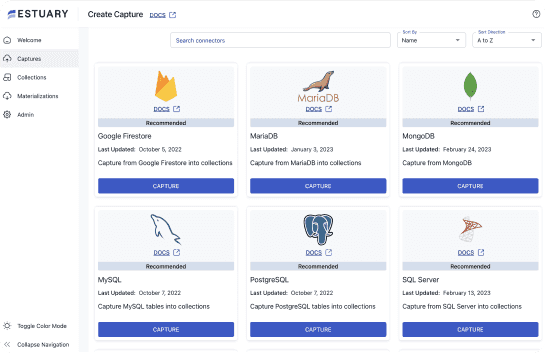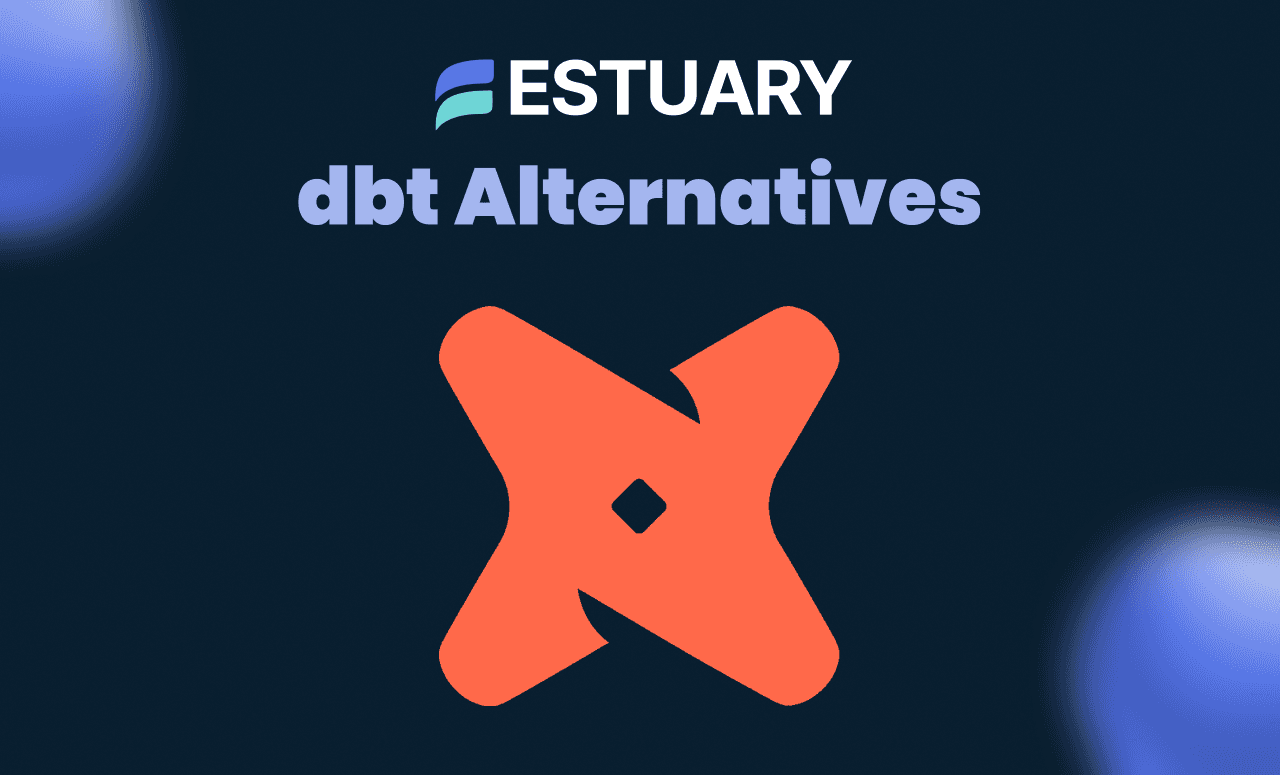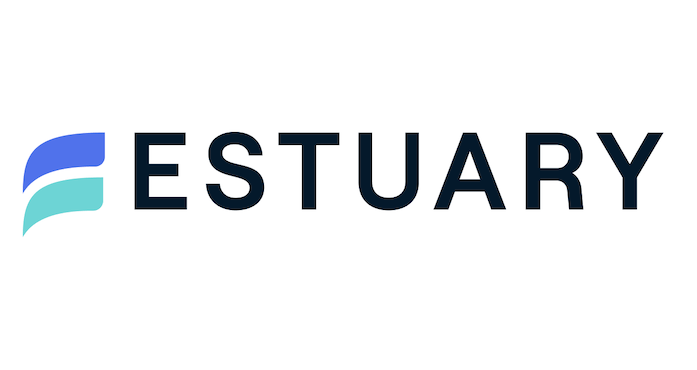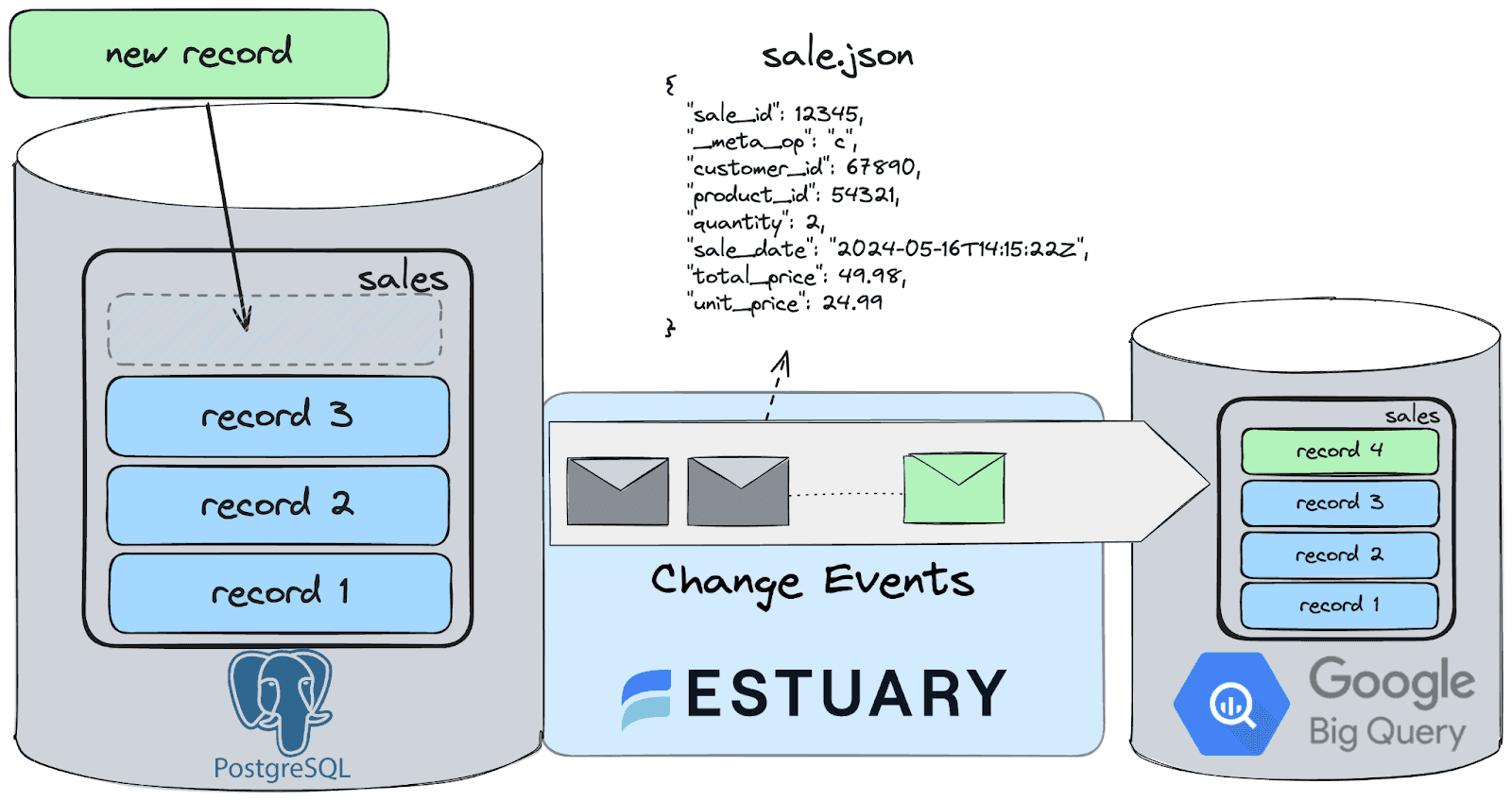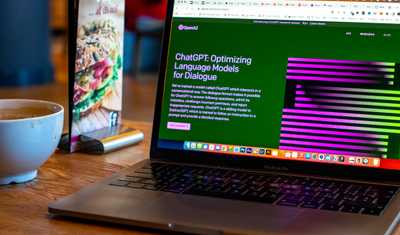
Introduction: Looking for a dbt Alternative? You’re Not Alone
If you're here, chances are you're already familiar with dbt (data build tool) — the popular open-source framework that brought SQL-based transformations and modular modeling into the modern data stack. It’s a staple for analytics engineers and data teams working with batch pipelines in warehouses like Snowflake, BigQuery, and Redshift.
But let’s be honest, dbt isn’t the perfect fit for everyone.
Whether you’ve hit its limitations in real-time processing, grown frustrated with its steep learning curve, or just want a more streamlined way to manage transformations and orchestration, you’re not alone. As the data ecosystem evolves, so do the options — and today, there are powerful dbt alternatives that cater to a wide range of teams and workflows.
In this blog, we’ll walk through top modern alternatives to dbt — from SQL-first tools and orchestration platforms to real-time streaming solutions. Whether you're a data engineer seeking more control or a team that wants to move beyond batch, you’ll find the right fit here.
Let’s dive into the top dbt alternatives that can help you build a modern, scalable data transformation stack — whether you're optimizing for orchestration, usability, or real-time readiness.
Best dbt Alternatives to Consider in 2025
Below are top dbt alternatives and competitors — each offering a unique approach to data transformation, orchestration, or streaming to suit your modern stack.
1. Orchestra
Tool category: Control Plane for Data Workflows with dbt Orchestration
Orchestra is a drop-in replacement for dbt and dbt Cloud. By using Orchestra to run dbt-core, you easily get a scalable compute engine, observability, metadata, and incredible support.
The company is based in London and have a slew of companies using dbt core such as Experian and Luma Fintech, but they work with dbt Cloud too.
Orchestra is declarative under-the-hood, which means you can define your dbt transformations and their orchestration entirely in code. By having a fully-fledged orchestrator, they also support much more sophisticated scheduling patterns than simple cron or what you'd get in dbt Cloud. You can learn more here.
Bonus: the team there also allow you to run agents that can do awesome things like perform impact analysis for your dbt project, reduce your warehouse costs by intelligently routing queries, and even review code to ensure SQL stays optimised.
Key Features
- Web-based workflow builder with version control (via Git)
- Supports dbt core and dbt Cloud
- Observability, Metadata, and Data Quality Dashboard all built-in
- Sophisticated scheduling and orchestration patterns available
- Capable of orchestrating anything (100+ integrations, python code etc.) not just dbt core
- Full suite of Enterprise Features available without the price-tag (Teams, SSO, RBAC etc.)
2. Dataform
Tool category: SQL-based data transformation for cloud warehouses
Dataform is often described as the closest alternative to dbt — especially for teams working within the Google Cloud ecosystem. Acquired by Google and now tightly integrated into BigQuery, Dataform lets you build modular SQL-based transformation pipelines, manage dependencies, and schedule runs — all within a clean web interface.
It supports features like ref() for dependency management (just like dbt), and includes built-in testing and documentation capabilities. While it’s not open-source, the tight BigQuery integration makes it appealing to GCP-native teams looking for a dbt-like experience with less setup overhead.
Key Features
- Web-based SQL workflow builder with version control (via Git)
- Supports dependency management via ref(), similar to dbt
- Native BigQuery integration with zero infrastructure setup
- Built-in scheduling and orchestration directly from the UI
- Test and validate datasets using assertions
- Document your pipelines and share metadata across teams
- Tight integration with Google Cloud Workflows and IAM
3. Dagster
Tool category: Data orchestration & transformation framework
Dagster is a modern orchestration platform built for teams that need more than just SQL-based transformations. While dbt focuses on warehouse-centric modeling, Dagster offers Python-native workflows, letting you design complex pipelines with full control over scheduling, dependencies, and data assets.
It supports running dbt models as part of broader workflows — or replacing them entirely when you need more flexibility. If you're building custom data platforms or ML pipelines, Dagster is a powerful, open-source alternative.
Key Features
- Python-native orchestration with modular pipelines
- Supports dbt integration or replacement
- Asset-based lineage tracking and observability
- Built-in UI for scheduling, retries, and monitoring
- Great for hybrid pipelines across SQL, Python, APIs, and more
4. SQLMesh
Tool category: Modern SQL-based transformation & orchestration engine
SQLMesh is a dbt-compatible transformation tool that aims to fix some of dbt’s biggest headaches — like brittle DAGs, clunky development workflows, and lack of runtime context. It offers a fast, intuitive development experience with versioned environments (dev/prod), built-in scheduling, and automated change detection.
If your team is tired of dbt’s rigid structure and orchestration overhead, SQLMesh gives you more flexibility while keeping the familiar SQL model.
Key Features
- Open-source with dbt project compatibility
- Versioned environments for dev/staging/prod workflows
- Automated change detection and testing
- Built-in scheduling and orchestration (no Airflow needed)
- Works with standard SQL or Python
- Modern CLI and web UI for interactive development
5. Coalesce
Tool category: Metadata-driven transformation, cataloging, and governance platform for modern cloud data warehouses
Coalesce is the metadata-driven platform for building, testing, and consuming governed data at scale—designed with AI readiness in mind. Unlike dbt’s blank code editor and heavy reliance on hand-coded SQL, Coalesce provides a visual, column-aware workspace where metadata and context are embedded directly into development. This enables faster builds, governed standards, and safer changes, empowering both advanced engineers and less-technical SQL users.
By combining visual modeling with metadata-driven automation, Coalesce codifies best practices into reusable templates, enforces architectural consistency, and delivers full column- and object-level lineage. With Git integration, CI/CD workflows, and support for Snowflake, Databricks, BigQuery, and Microsoft Fabric, Coalesce equips organizations to scale transformation reliably while preparing data pipelines for AI-driven use cases.
Key Features
- Metadata-driven development platform for governed, AI-ready data
- Visual, modular workspace vs. dbt’s blank code editor
- Full column- and object-level lineage with granular impact analysis
- Templatized logic and standardized code generation for consistency at scale
- No-code column propagation, schema drift handling, and JSON unnesting
- Native support for Snowflake, Databricks, BigQuery, and Microsoft Fabric
- GUI-driven environment management, documentation, and CI/CD integration
- Declarative extensibility with SQL validation testing
6. Apache Airflow
Tool category: Workflow orchestration platform
Apache Airflow is an open-source tool for orchestrating data workflows using Python. While not a transformation engine like dbt, it's widely used to schedule and manage dbt jobs, or as a foundation for custom ETL pipelines.
Airflow is ideal when you need complex task dependencies, retries, and full pipeline control. It’s flexible, extensible, and production-ready — making it a go-to for teams building multi-step data workflows.
Key Features
- Python-based DAGs (Directed Acyclic Graphs) to define workflows
- Highly flexible task orchestration for any tool or process
- Native scheduling, retry logic, and alerting
- Rich web UI for monitoring pipeline health and logs
- Extensive operator ecosystem (including dbt, Bash, Kubernetes, etc.)
- Open-source and self-hosted, with managed options like Astronomer or Cloud Composer
- Ideal for teams with complex dependencies across tools
7. Alteryx Designer Cloud (formerly Trifacta)
Tool category: Visual data transformation & wrangling platform
Alteryx Designer Cloud, formerly known as Trifacta, is a cloud-native platform for visual data transformation and prep. It’s built for data analysts and business users who need to clean, shape, and transform datasets — without writing SQL or code.
Originally developed as Trifacta and used in Google Cloud Dataprep, the product was acquired by Alteryx in 2022 and is now part of the Alteryx Designer Cloud suite. While it’s not a direct dbt replacement, it offers an accessible alternative for teams focused on interactive, no-code data prep.
Key Features
- Visual, no-code interface for data wrangling
- Automated transformation suggestions
- Support for large-scale data on Google Cloud and AWS
- Seamless integration with cloud warehouses like BigQuery and Snowflake
- Ideal for analysts and business users
- Backed by Alteryx's analytics and automation platform
Streamlined Right Time ELT with Estuary and dbt Cloud
Tool category: Right time data platform for real time and batch ELT
Estuary is not a dbt replacement. It is a powerful addition to your ELT stack when your goal is to move faster, work with fresher data, and still retain your dbt workflows.
Estuary is a right time data platform that unifies CDC, streaming, and batch movement so you can build dependable data pipelines into warehouses like Snowflake and BigQuery. Right time means you choose when data moves, from sub second streaming to near real time to scheduled batch, so your dbt transformations always run on data that is as fresh as the use case requires.
While dbt is excellent for managing transformations inside your data warehouse, Estuary focuses on getting data there at the right time, with built in Change Data Capture (CDC) from sources like Postgres, MySQL, MongoDB, and DynamoDB.
With Estuary’s native integration with dbt Cloud, you can trigger dbt jobs automatically whenever new data is materialized. That keeps your transformations aligned with ingestion without manual cron jobs or custom orchestration scripts.
How Estuary and dbt Work Together
- Ingest and sync fresh data from databases and SaaS tools using Estuary
- Materialize that data into cloud warehouses such as Snowflake or BigQuery
- Trigger dbt Cloud jobs as soon as data lands, using real time hooks
- Keep transformations aligned with ingestion for a true right time ELT workflow
Why Use Estuary with dbt?
- Reduce orchestration overhead by eliminating custom Airflow DAGs and glue code
- Improve data freshness and observability across your stack with streaming aware pipelines
- Use built in support for streaming, backfill, and hybrid ingestion patterns
- Manage pipelines with a simple UI and CLI, backed by predictable data movement and dependable data pipelines
- Take advantage of enterprise reliability through secure connectivity, governance ready design, and flexible deployment options
Try Estuary free and explore what your dbt stack can do when data movement is right time instead of strictly batch.
Conclusion: The Right dbt Alternative Depends on Your Stack and Your Speed
There is no single replacement for dbt, and that is a good thing. As the modern data stack matures, teams now have more specialized tools to choose from depending on how they work and what they prioritize:
- Want a familiar SQL experience with strong warehouse integration? Try Dataform.
- Want a dbt first control plane with deeper orchestration and observability? Orchestra is a strong option.
- Need full pipeline orchestration with Python flexibility? Dagster or Airflow are solid choices.
- Prefer open source and a developer first approach? SQLMesh has you covered.
- Looking for visual transformation and Snowflake native speed? Coalesce is a strong contender.
- Need no code data preparation? Alteryx Designer Cloud fits the bill.
And if you are staying with dbt but want streaming ingestion, CDC pipelines, and real time orchestration without added complexity, that is where Estuary fits
Related Articles

About the author
With over 15 years in data engineering, a seasoned expert in driving growth for early-stage data companies, focusing on strategies that attract customers and users. Extensive writing provides insights to help companies scale efficiently and effectively in an evolving data landscape.

